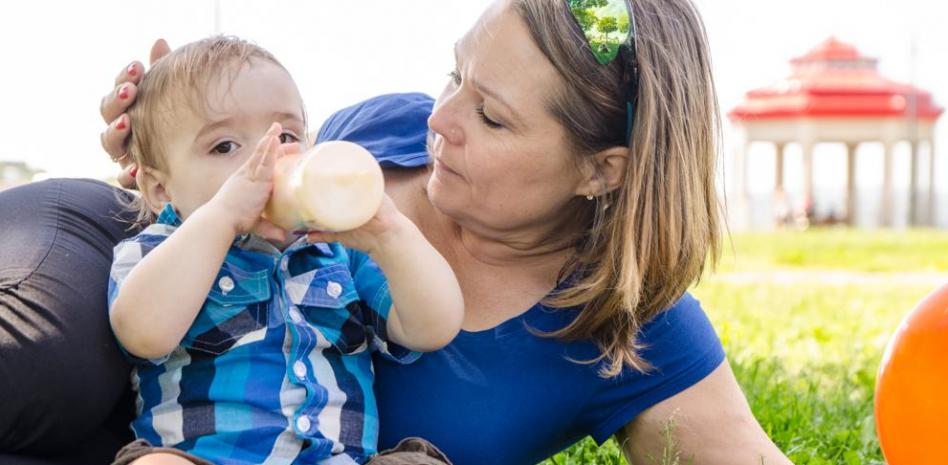
More and more women decide to get pregnant later in time. The main reason is related to the search for financial and emotional stability, as well as with the difficulties that exist today to find the balance between our work and personal life.
It is estimated that around 1 each 9 of get pregnant after 40 years. And this figure is increasing more and more.
But… What is the real limit to being a mother? Thanks to the clinics that offer you in a assisted reproduction center, the time to be a mother has been extended significantly. Before indicating exact figures, we are going to delve into some aspects.
What is the optimal age to get pregnant?

The woman experiences several changes from the adolescent stage until the menopause arrives. It is considered that the period fertile starts from when your period arrives (sometime in adolescence), although the peak fertility period will be included between 20 and the 25 years about. At that time, the chances of getting pregnant are 1 out of 4 (that is, of a 25%).
Once a woman reaches her 30s, female fertility will gradually decline. This will begin to be important from the age of 35.
From the age of 40, female infertility is triggered, to the point that the possibility of fertilization will not be greater than one 8%. In addition, taking into account that the quality of the ovules is lower in that decade, and that the risk of miscarriage is increased, the real chances of having a child at that time are between 3 and 4%.
What is the maximum age to get pregnant?

Getting pregnant with your own eggs will be conditioned by many factors. And it is that each woman is unique and, therefore, each case must be treated individually. It is possible to find women who have difficulty getting pregnant between the ages of 20 and 25, and others who do not when they turn 37.
Here are some factors that can influence fertility:
- Food and exercise: Eating a balanced diet and sporting habits can increase the chances of getting pregnant.
- Weight: There are studies that determine that women with a higher BMI (acronym for Body Mass Index) have a higher rate of infertility. That is, it will cost them more to get pregnant.
- Bad habits: the consumption of alcohol or tobacco is related to a decrease in the ovarian reserve of women, which triggers the rate of infertility.
- Stress: not many know it, but triggered stress and anxiety conditions affect us both psychologically and physically. So they could also complicate things when it comes to getting pregnant.
- Other factors: being subjected to high levels of environmental pollution, as well as being exposed to certain substances such as paint, plastics or pesticides, increase the difficulties in achieving a pregnancy.
Although it is not a maximum age, it is recommended that women try to get pregnant before 35 years, since this way the chances of achieving it will be higher.
As we have already seen, after the age of 40 it will be difficult to get pregnant on your own. However, after 45 it will be practically impossible to achieve it.
Reproductive options: the option to be a mother from the age of 40
By the age of 40, a woman will have a much smaller ovarian reserve than in years past. This means that the number of eggs available to achieve a pregnancy will be smaller. In the same way, the quality of each egg will be compromised by the aging of the ovaries.
As if this were not enough, we must add to this the aneuploidy and generic mutations that occur in the ovules due to their age. And it is that these conditions increase the risk of a spontaneous abortion, or that the baby is born sick. To prevent any of these situations from occurring, and ensure that the baby is healthy at over 40 years of age, there are reproductive techniquesas IVF with PGD o IVF with donor eggs. In addition to the difficulty of getting pregnant in that period, we must add the risks of the 40 weeks of gestation until the baby is born.
These are some of the most common risks: spontaneous abortion rate rises to 30%, gestational diabetes, ectopic pregnancy, thromboembolic complications, premature delivery, preeclampsia, fetal growth retardation, cesarean delivery rate greater than 35%, hemorrhage postpartum or intrauterine fetal death.
Now you know more about the limit to be a mother and the second chance that reproductive options can give us.